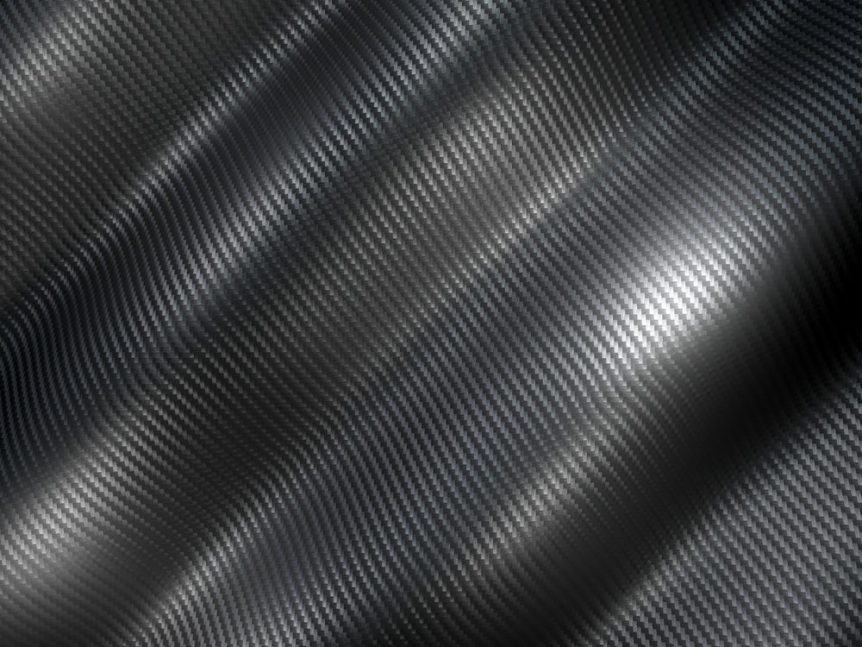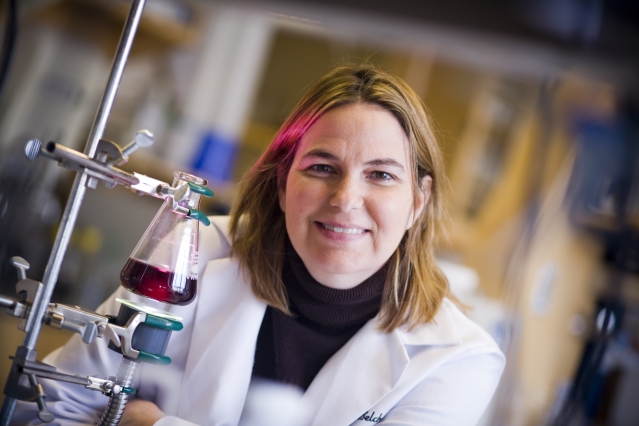Your editor has long held the belief that we are on the threshold of creating a Grand Unified Airplane, a craft that would draw all its energy from solar cells, the flexing of its wings, the air passing over its form, and the very act of flight itself. It seems to become less of a science fiction ideal and more of real-world possibility every day. Carbon fiber could be part of that possibility. What if your airplane were its own battery? Think of the weight savings and potential endurance and range. Your editor became fascinated with 2010 research done by Dr. Emile Greenhalgh of Imperial University in London, who developed a structural sandwich with carbon fiber outer layers and a fiberglass core. It could be used for body panels on a car, inspiring Volvo to become involved and proceed with initial tests. Since those early tests, other researchers have duplicated and expanded the research, with Dr. Leif Asp of Chalmers …
Pollutants into Clean Energy: Batteries into Solar Cells
Editor’s Note: We will tackle some larger contexts for the blog, including not only the aeronautical uses of clean energy but the social, environmental and even economic implications of sustainable aviation. This item appeals because it demonstrates the possibility of transforming materials otherwise hard to live with into products that enhance life and even give some hope for budget solar cells. Angela Belcher has made battteries from viruses and works with biological solutions to energy production. In this instance, she and her colleagues have shown a path to a sunnier future for all. Her work combining quantum physics and biology in the example below highlights the potential in a true paradigm shift. Another, less exotic but no less exciting instance shows the broad-ranging and inventive minds at work in Dr. Belcher’s laboratory. In use since the Victorian Age, lead-acid batteries are among the most common energy storage devices, even after decades of being challenged by newer technologies. Almost every car has …
Angela Belcher Continues Making Batteries with Viruses
Three years ago, in one of our earliest entries, this blog reported on the blending of biology and chemistry in a bionic battery created by Massachusetts Institute of Technology researcher Angela Belcher. She was honored with a press briefing with President Obama, MIT President Susan Hockfield and her prototype battery, and used the occasion to encourage federal funding for such ventures. In a later visit to her laboratory, the President accepted a business card with the periodic table, saying he would consult it periodically. She has turned her bionic battery research to improving the chances for lithium-air batteries to reach that magic 500-mile figure ( or at least 550 kilometers or 341 miles), and has explained her approach and progress in a Nature Communications paper and in the video below. Since Dr. Belcher has been using a biological approach in her research for the last decade, it was natural for her to use genetically-modified, non-toxic viruses to grow” spiky surfaces” …


